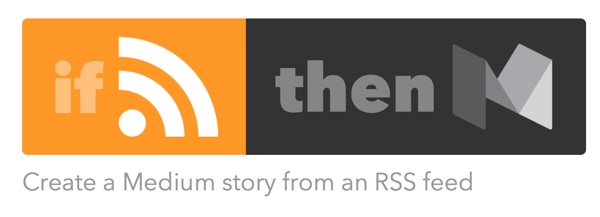A friend once told me that for him, one of the weirdest moments as a parent was the realization that their kids have a relationship with each other, not just with him. That conversation always stuck with me, and when our own daughters started to have a bond with each other that’s completely separate from their bond with us, I understood what he meant. It’s just something that is, for some reason, very difficult to wrap one’s head around—these people you made, suddenly having lives apart from you. Today I’m thinking of that conversation again, but in a very different context—personal AI assistants, and what that means for how we design their interfaces.
But before I get there, let me take a step back and recap some of the recent conversations about personal AI. In The internet bundle is already here Dieter Bohn writes that AI personal assistants are a threat to net neutrality:
The bundle is already here, it came from places we haven’t been watching closely enough, and it has many names. There’s more than enough doomsaying about the issues related to Instant Articles, Internet.org, and Binge On. Instead, I’d like to take a minute to doomsay what could become the other opponents to the kind of free, transparent, and open internet we all want: Siri, Cortana, Alexa, Facebook M, and Google Now.
These intelligent assistants are great. I use them every day and expect I will continue to use them for, well, ever. But there’s a problem that’s built into them: they only seem to work with certain parts of the web and — here’s the real rub — certain apps.
Mark Wilson makes a similar argument in Why Every Gadget You Own Suddenly Wants To Talk To You, and then takes the argument further to imagine what happens when you have a bunch of non-neutral devices in your home:
But the problem with a scenario in which you can talk to anything is that you’re no longer talking to one thing. Only so many ears can live in one room. If I muse aloud that I need more shampoo in the shower, what hears me? Is it my iPhone sitting at the sink? Alexa networked in my apartment? Some new smart water nozzle from Kohler? […]
As consumers, we’re caught in the middle of the convenience. Do we choose to side with Siri, Alexa, or Cortana, and talk only to her, despite looming bias and the risk of growing dependent on a single voice—a voice that could take advantage of us? Or do we side with a free market that gives a voice to every stupid overzealous object in our lives, however confusing that may be, in a world where ordering milk becomes a bidding war on a commodities training floor?
Which future do you root for? They both sound horrible.
All of this is part of a big “the conversation is the interface” trend we’ve been seeing a lot of recently (see The search for the killer bot and 2016 will be the year of conversational commerce). From a design perspective the main challenge we seem to be thinking about is how to give these AI assistants the right personality (see The Next Phase Of UX: Designing Chatbot Personalities and The New Intimacy Economy). But I wonder if that’s the wrong AI design focus. I wonder if we should rather spend our time encouraging design for what Alan Cooper calls The Edges:
The difficulty in making these systems work smoothly comes from their edges, not from their centers. Each vendor builds a reliable and effective product, and through diligent testing assures that they meet high standards of performance. The only place where those standards fall is at the edges, where the maker is unsure of the requirements.
The edges are the interfaces with entities outside their control, outside their offices. Out there they are a little unsure of what they have to do and what forces affect them. Inside the company’s four walls they know exactly what they’re making, how it should behave, and what it should do. But for the entities outside those four walls, some measure of haziness creeps in, notably, the user.
Applied to AI assistants (and back to my parenting story), this means we need to start thinking about not just how humans interact with Siri and Alexa, but how Siri and Alexa interact with each other. There is, of course, a huge disconnect here between user needs and business goals. It would be very beneficial for users if different AI assistants could interact with each other, but that doesn’t help companies to strengthen their silos.
The trouble is that if we don’t figure out how to do this (and do it profitably), we might lose more than the battle of whose personal assistant wins. We might lose the war of personal AI getting any significant user adoption.

